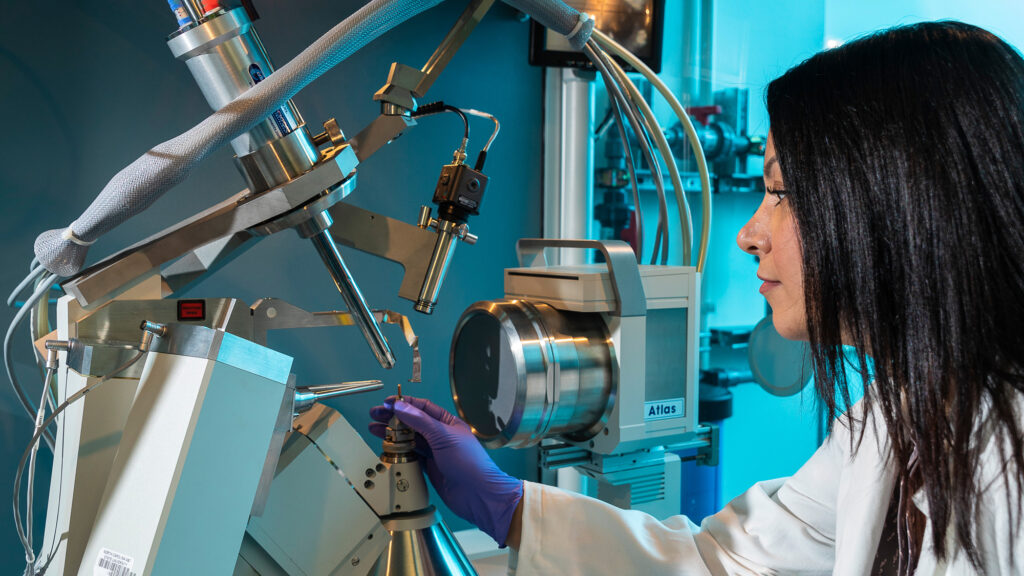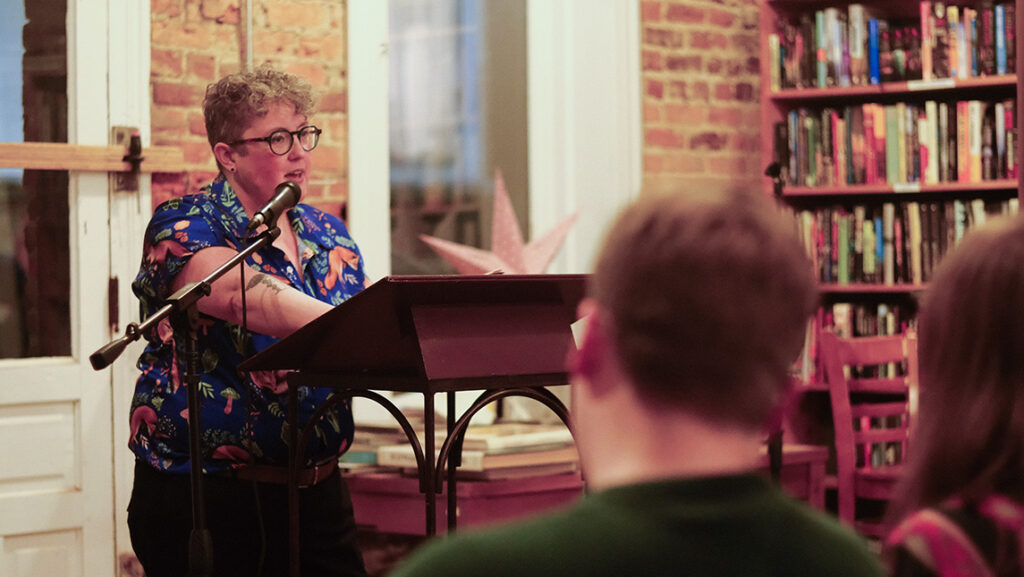Dr. Sally Koerner, an Associate Professor in the department of Biology, has received a “Flash Grant” from the NC Biotechnology Center (NCBC) for her proposal: Legume-rhizobia symbiosis as a tool to enhance restoration success and long-term sustainability of longleaf pine savanna forestry.
The one-year, $27,500 grant will provide resources for Koerner and graduate student Alyssa Young to study methods for enriching environments in the southeastern U.S. that could enhance conversation or cultivation of longleaf pine trees.
Read the full abstract below and more about the work of the Koerner Lab here.
The longleaf pine (LLP) savanna ecosystem has great potential to serve as a multifunctional landscape (6, 16, 68), contributing to both economic and environmental sustainability in the southeastern US. Longleaf pines, from which the ecosystem gets its name, grow straighter and stronger, and taper less than other pines (Kush et al. 2004) and produce the preferred landscaping pine straw due to the longer length, attractive color, and decay resistance of their needles (Alavalapati et al. 2006). On top of its economic benefits, longleaf pine management is likely to be a more sustainable timber crop in the era of the Anthropocene (Diop et al. 2009) as longleaf pines are more hurricane (Stanturf et al. 2007, Johnsen et al. 2009), fire (Frost 2006, Kirkman and Jack 2017), and insect resistant (Duerr and Mistretta 2013) compared to other southern pines. The multifunctionality of longleaf pine silviculture is at its best when grown as a well-managed savanna ecosystem (Kirkman and Jack 2017) – one of the most biodiverse ecosystems in the world (Walker and Peet 1983). Therefore, in addition to economic incentive, managing land as LLP savanna offers tremendous conservation value. Sadly, LLP savanna and its associated biodiversity has been decimated, with only 4% of its historical extent remaining. Thus, in order for LLP savanna to serve as a multifunctional landscape across the Southeast, a deeper understanding of understory dynamics, productivity, and biodiversity are needed to yield sustainable management strategies with smaller environmental footprints. Nutrient-based mutualisms such as the legume-rhizobia symbiosis could increase nutrient availability in an environmentally friendly and cost-effective way with cascading effects on productivity, fire spread, biodiversity, and profitability of the system disrupting the longleaf pine silviculture industry. Therefore we are submitting our proposal to the disruptive category such that we can explore the utility and feasibility of the widespread use of this environmentally sustainable alternative method for increasing N availability and plant productivity.





